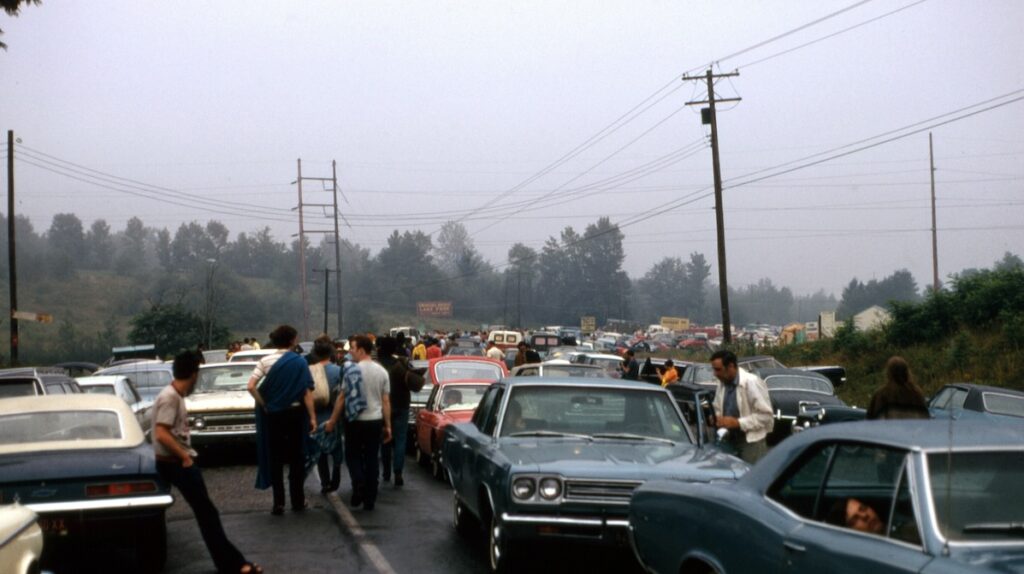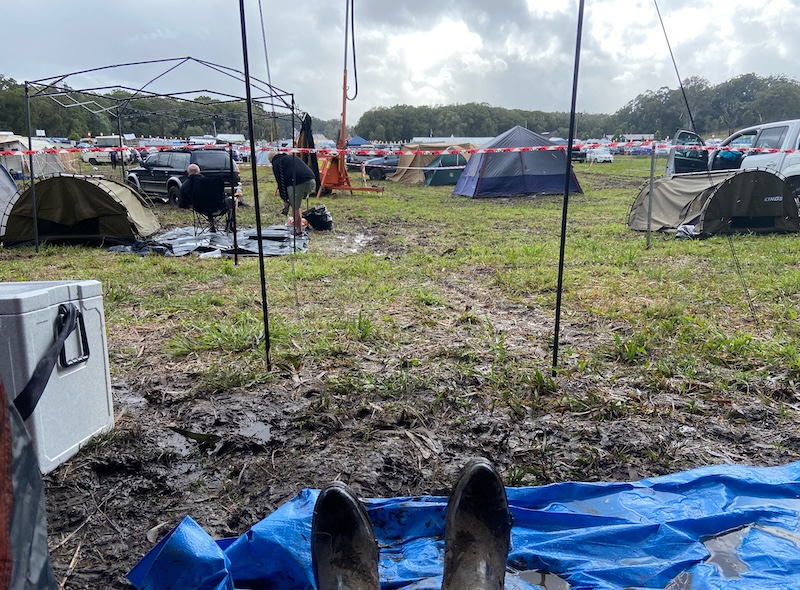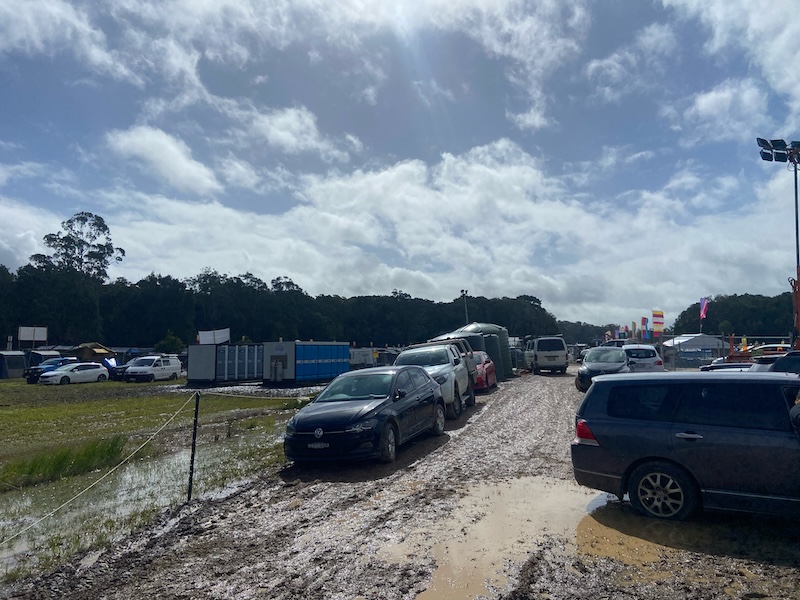As in Japan, North America and elsewhere, the Australian music festival industry is in crisis. Australia’s largest event, Splendour in the Grass (or just ‘Splendour’ to its fans) announced a hiatus in March of this year, following the cancellation of New Year’s iconic Falls Festival and the regional Groovin’ the Moo music festival earlier in 2024. Byron Bay Bluesfest, will only run one more time. Poor ticket sales, high running costs including insurance premiums, changing consumer preferences, and cost of living pressures are most cited as the reasons why. But there may be another factor that is seldom considered. Getting huge crowds to and from distant music festival sites by car presents significant challenges for both organisers and visitors.

Based on the original Woodstock model, events such as Splendour and the Bluesfest are situated on rural or regional sites, far from major population centres, train stations or airports. With road-based travel being the only available option – often via just one entry road – traffic flows can overwhelm the road network. Cars get bogged in unsealed parking lots; people get injured trying to push them out. Yes, these remote sites can be beautiful; Woodford Folk Festival’s site is amazing. But getting there can be a real hassle.
Weather disasters and traffic trouble
To solve the problems of car traffic, and to offer alternatives, music festival organisers have largely turned to shuttle bus operations and elaborate traffic management plans. These don’t always cut it however, with SITG’s 2022 event exemplifying how external factors such as weather can bring the entire system crashing down. Shuttle bus failures left tens of thousands of attendees stranded – many until the next morning – at the cold, muddy site without food, water or seating. At Victoria’s Beyond the Valley music festival car drivers and passengers were trapped in high temperatures for up to nine hours trying to get out a single exit, with some collapsing from dehydration and heatstroke. In the US the 2015 TomorrowWorld event forced thousands to shelter in place when even the shuttle buses got bogged. More famously, the 2023 Burning Man Festival in Nevada turned into a giant mud pit, trapping visitors for days. Car-based music festivals are clearly not weather resistant.

Looking at examples from around the world, however, one doesn’t need to do things this way. From Summer Sonic Tokyo and Osaka’s two-day, urban festivals, Lollapalooza in Downtown Chicago, to Roskilde’s small-town, regional festival site, many highly successful music festivals are rail-based. Hardly anyone drives, even if they plan to camp on the grounds. At the DGTL Festival in Amsterdam, you cannot park at all; visitors are offered discounts to travel by train and are encouraged to walk or cycle. Is this a better model that the Australian music festival industry should be considering for a viable long-term future?
Building a sustainable festival experience
With little to no existing research on the transportation challenges of large music festivals, this is a question that Griffith University’s Cities Research Institute is aiming to answer. Our early research on the issue has uncovered local planning resistance to the ‘drive-in’ model for larger music festivals. Splendour’s transport and land use planning for its final increase in size was rejected by the local authorities in Byron Shire, but then approved on appeal by the NSW Independent Planning Commission. Media reporting has also given us some insight into how transportation at these events has been experienced – both good and bad. But that’s mostly anecdotal evidence. We really need to get more robust data. We need to speak to the authorities, music festival organisers, site-owners and transport experts involved, which we are doing right now. We also need hear from a much larger number of previous attendees to get a clearer picture of visitor experiences.

To do this, we have put together a short, ten-minute survey, for adults who attended a music festival at either Splendour in the Grass in the years since 2017, or Byron Bay Bluesfest since 2019. If this is you, please share your experiences. We really want to find out how your travels to and from the site impacted your overall festival experience and your views on the Byron Bay region. Whatever you tell us will help the music festival industry and the transport and planning authorities to understand the travel options visitors are seeking, how we might get people to and from music festivals in the future, and what better alternative approaches might look like. Just maybe we can help plot the way towards a more financially sustainable music festival industry.




